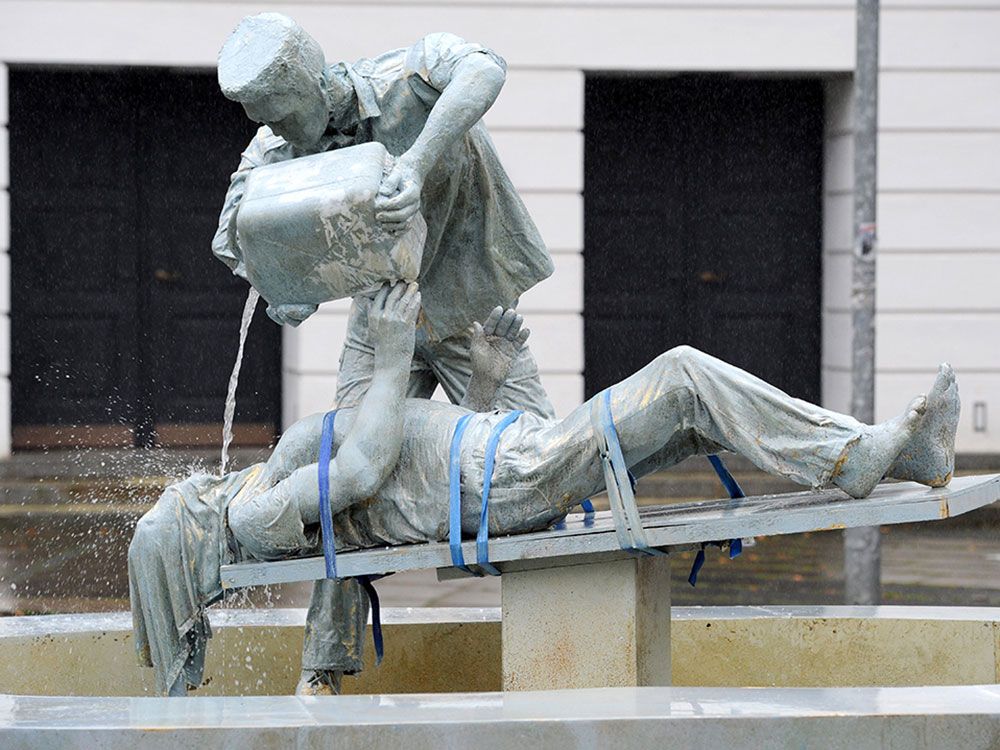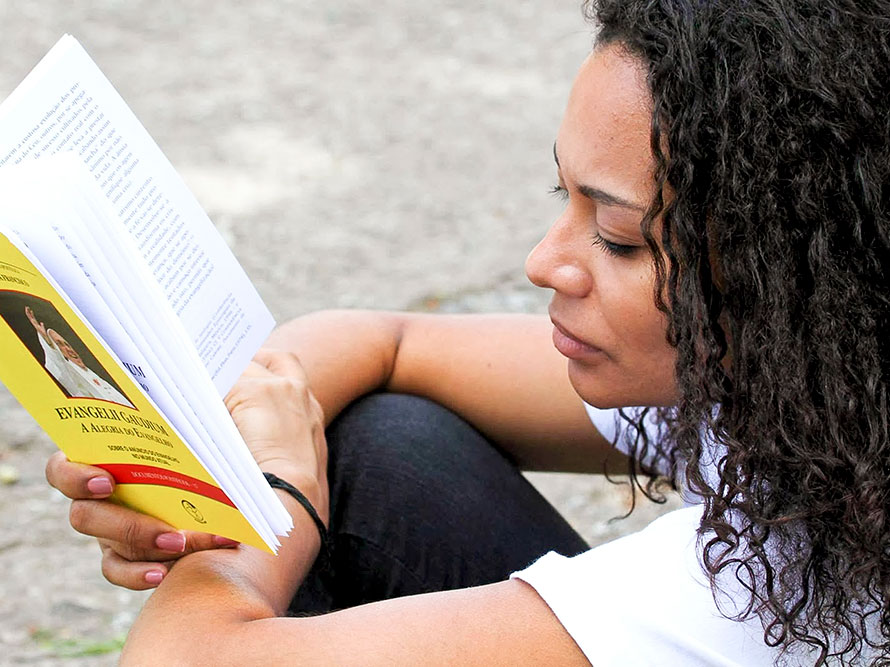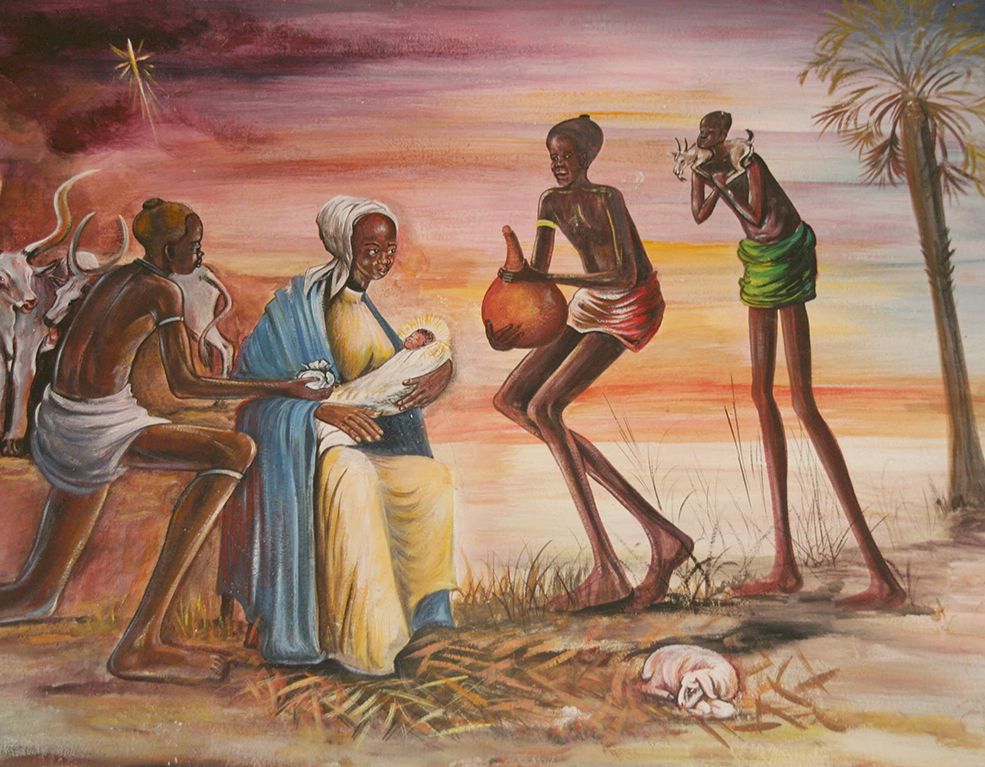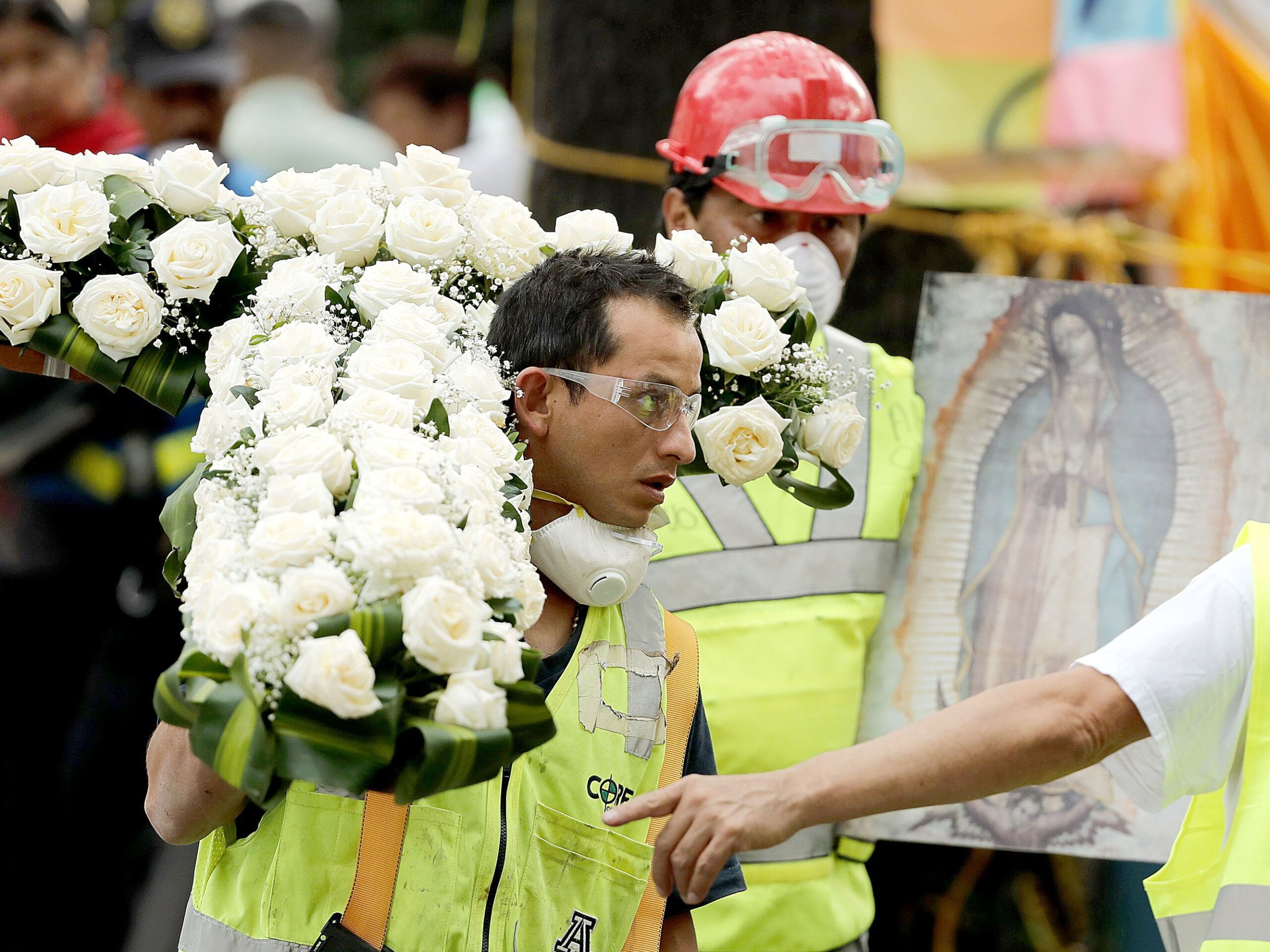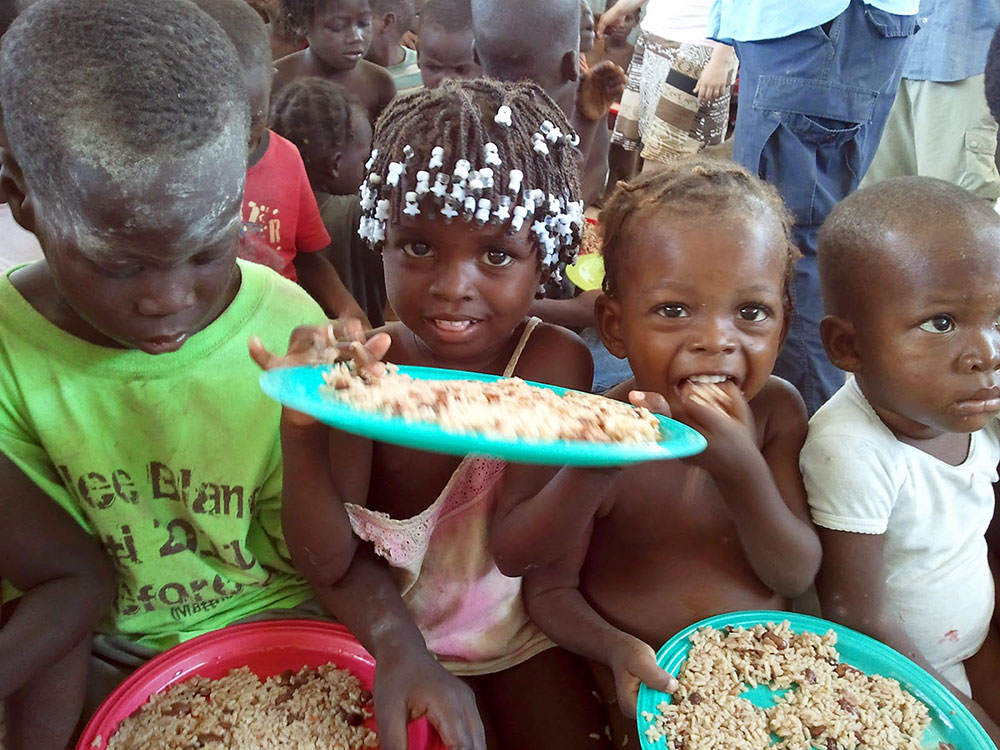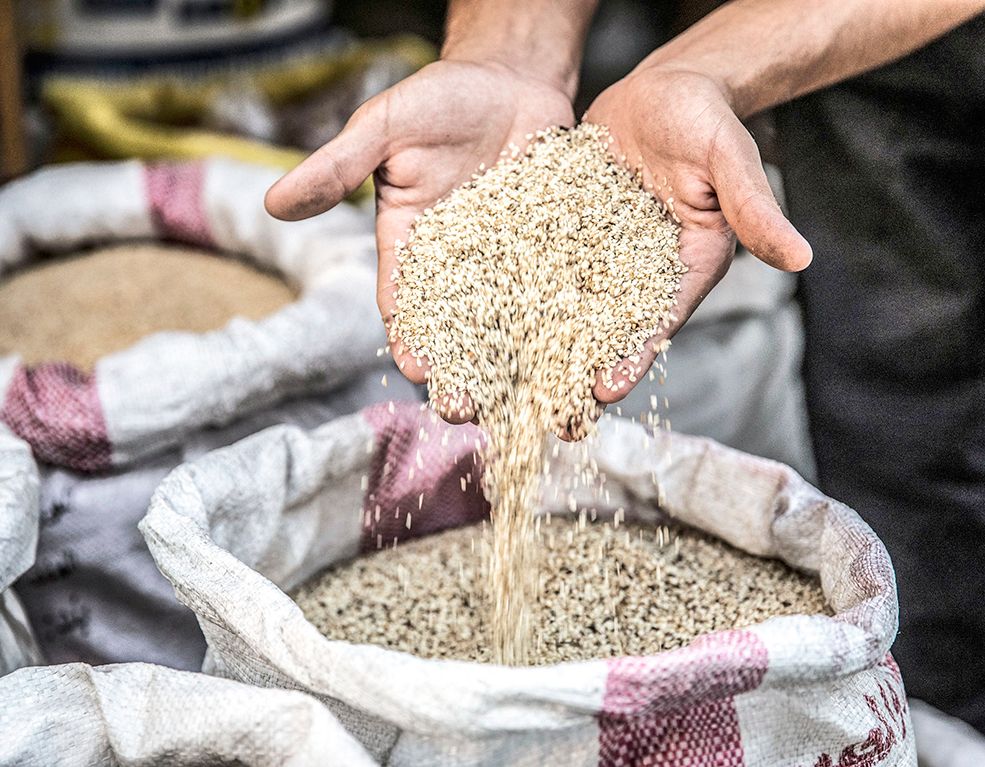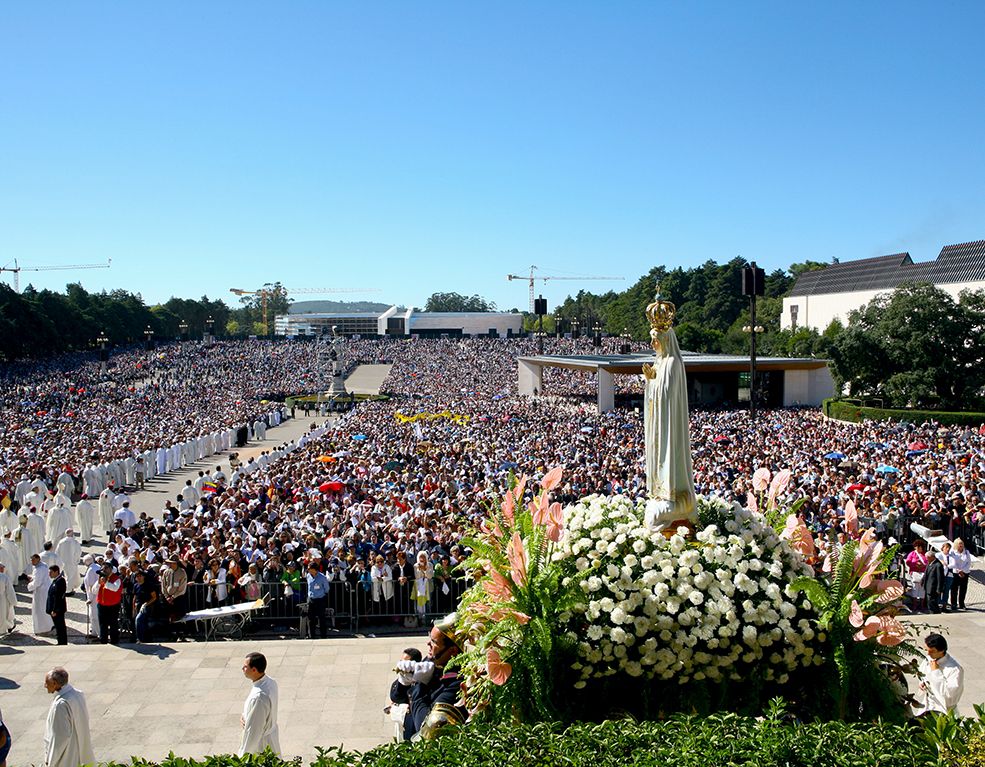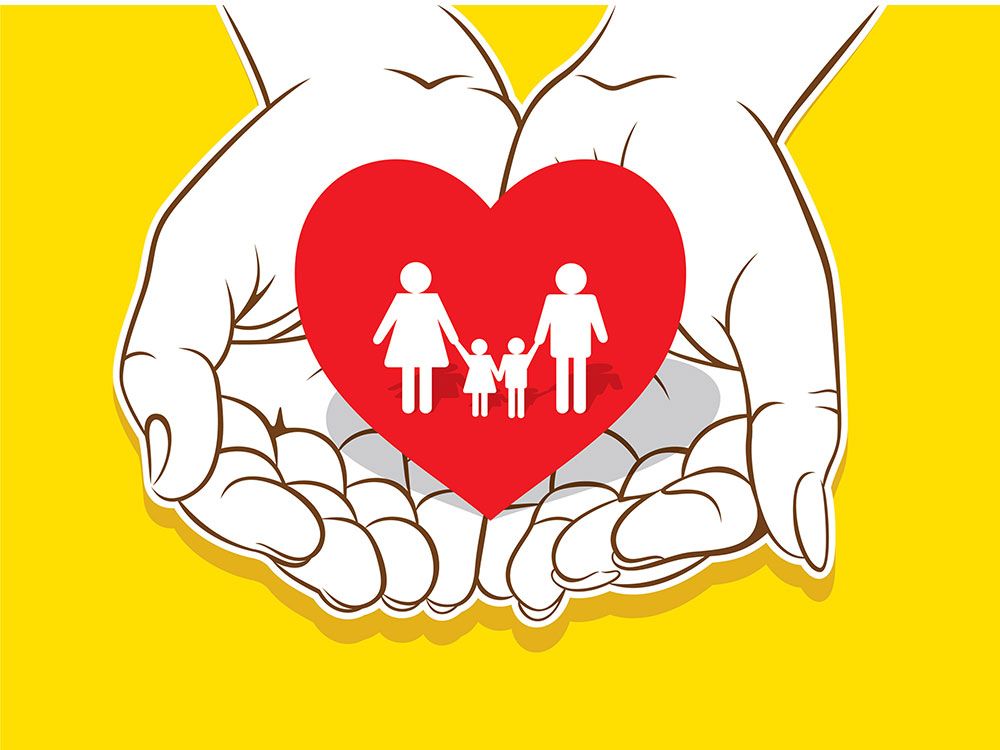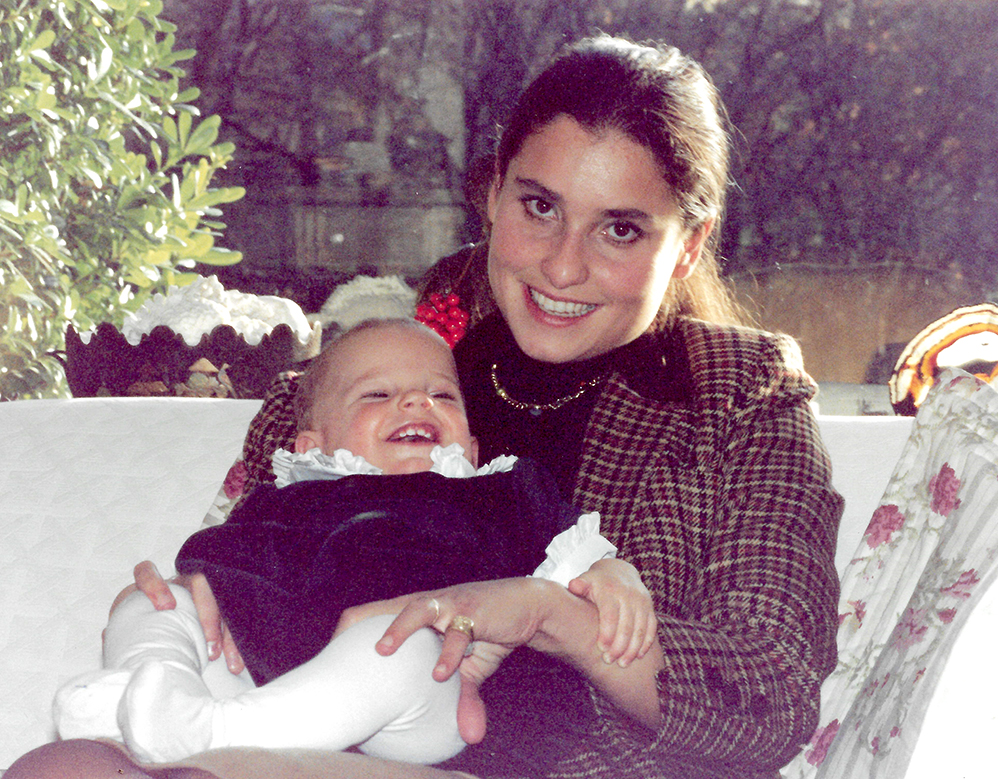Generose Namburho used to work as a nurse at a hospital in eastern Congo. One night, a number of Hutu militiamen invaded her home, killed her husband and tried to rape her. She screamed for help and the attackers hacked off her leg with a machete, cooked the amputated part and ordered her children to eat it. One son, 12 years old, refused and was killed. She saw everything, before fainting from the serious wound.
Women are a particularly vulnerable group in armed conflicts. And rape has increasingly become a weapon of war as much as a machine-gun or a shell, used either by a regular army or by guerrilla groups, because spreading terror among civilian populations is a very common means to try and achieve their goals.
“War rape intimidates the enemy. It demoralizes the enemy. It makes women pregnant and thereby furthers the cause of genocide. It tampers with the identity of the next generation. It breaks up families. It disperses entire populations. It drives a wedge between family members. It extends the oppressor’s dominance into future generations,” says Sally J. Scholtz, a philosophy professor at the Villanova University (Pennsylvania, USA).
In Africa, for instance, women and young girls, “as symbols of the honor of their communities, are raped to humiliate the women, the men in their families and their entire community,” says Véronique Aubert, deputy director of Amnesty International’s Africa Program.
According to Aubert, “rape and other forms of sexual violence have been used so extensively and with such impunity that we can only conclude that government security forces and armed opposition groups have been using these crimes as part of a deliberate strategy to instill terror in the civilian population.”
Especially vulnerable
Violence usually associated with rape and sexual assault leaves women traumatized – physically as well as psychologically – in their most intimate being – sometimes injured beyond any possible reparation in their bodies – incontinent, pregnant against their will and sometimes contaminated with diseases such as syphilis and AIDS. And, if they manage to survive and go back home, they are rejected by their own families for having given birth to a child “of the enemy.”
In Africa, for instance, apart from raising the children, women have a very important role in the household economy, mainly in rural areas. According to the Organization for Economic Co-operation and Development (OECD), recent estimates say that women provide approximately 70% of agricultural labor and produce 90% of all food. Killed in armed conflicts, displaced, sexually assaulted and with subsequent diseases, they can no longer give their contribution to support the family.
The International Committee of the Red Cross (ICRC), in a survey published last February to assess the real vulnerability of women in conflict areas, recalls that “women and children are the object of special respect and must be protected, in particular, against all forms of indecent assault (Articles 76 and 77 of Protocol I additional to the 1977 Geneva Conventions),” but, under humanitarian law, women are not considered vulnerable in themselves.
They are considered vulnerable “in certain circumstances,” owing “to their physical characteristics and specific needs, such as those of pregnant women, maternity cases or mothers of young children.” But there is also a kind of vulnerability that arises from social, economic or cultural factors: “In patriarchal societies, women are the victims of sexism and face discrimination at home, at work and within the community at large. In some contexts, this can make women socially and economically vulnerable.”
Yet, says the ICRC survey, “the vulnerability of women often derives from the fact that armed conflicts today have changed in such a way that civilians are increasingly caught up in the fighting and that women bear the brunt of the burden of ensuring the day-to-day survival of their families. Women are especially susceptible to poverty, exclusion and the sufferings caused by armed conflict. (…) They may be targeted by the enemy with a view to changing or destroying this role. The use of sexual violence as a method of warfare and the requirement that women bear more children, to replace sons who have died, make women especially vulnerable.”
The same survey recognizes that “women are increasingly targeted as civilians,” although “in some contexts up to 96% of detainees and 90% of missing persons are men,” and that “women and girls are much more exposed to sexual violence (…) even though men can also be victims of such abuse.”
In some cases, rape is deliberately used in ethnic conflicts as a way to redraw ethnic boundaries and as a tool of ethnic cleansing. “Women are seen as the reproducers and carers of the community. Therefore, if a group wants to control another, they often do it by impregnating women of the other community, because they see it as a way of destroying the opposing community,” says a source of Amnesty International. “It has nothing to do with the age-old spoils of war or sexual gratification.”
A crime against humanity
Sexual violence upon women has accompanied warfare in almost every historical era. Invaders took women as slaves since ancient times or they mingled with local women in order to populate the lands they conquered. We can recall here, for instance, the Rape of the Sabine Women, an episode of the legendary history of Rome, shortly after its foundation, when a group of Roman men abducted several women of a neighboring tribe, the Sabines, in order to marry them.
Much later, during World War II, Japanese army had what they called “comfort women” – women forced to work as prostitutes in Japanese military brothels. Estimates suggest that about 200,000 women, mostly Korean and Chinese, were forced to work in those brothels.
Also Jewish women were particularly vulnerable to rape by German soldiers during the Holocaust, while German women were the target of mass rape by the Soviet Red Army after Germany surrendered. According to German scholars and leftist activists Barbara Johr and Helke Sander in their book Befreier und Befreite, two million women and young girls were the victims of rape between 1945 and 1949 and 200,000 died from it.
In more recent years, in the 1970’s to be more exact, when Bangladesh started the war to become independent from Pakistan, Pakistan army allegedly raped up to 20,000 Bangladeshi women, often capturing them in their own houses. And, already in the 1990’s, rape was a common practice during the former Yugoslavia wars: it has been estimated that between 20,000 and 50,000 women were raped.
Though the Geneva Convention (1949) forbids the humiliating and degrading treatment of civilians in wartime and requires women to be protected against any attack on their honor, usually this kind of actions remains largely unpunished. Actually, no rape charges were brought against the Nazis at the Nuremberg trials (1945-1946) and the Tokyo trials (1946) did not deal with the enslavement of women forced to work as prostitutes.
It was not until 1998, when the International Criminal Court was created, that war rape was considered a crime against humanity. The Rome Statute Explanatory Memorandum, which defines the jurisdiction of the Court, recognizes rape, sexual slavery, enforced prostitution, forced pregnancy, enforced sterilization “or any other form of sexual violence of comparable gravity” as crime against humanity if the action is part of a widespread or systematic practice.
In every continent
War rape is not characteristic of less developed countries or countries where human rights have no special meaning. They happen everywhere: in Asia as in Africa, Latin America or Europe. There are no statistics, of course, and those who have been punished are just a very tiny minority of the perpetrators.
Let’s have a look:
Pakistan. Since the “war on terror” started at the end of 2001, after the Twin Towers bombings in New York, discrimination and violence against women have increased. A woman is raped every two hours and about a thousand women die annually in honor killings, according to a statement of the Asian Human Rights Commission, released in 2008.
“More than 70% of women in police custody experience physical or sexual abuse at the hands of their jailers” such as “the insertion of foreign objects, including police batons and chili peppers, into the vagina and rectum; and gang rape,” says a report of Human Rights Watch.
Myanmar. Myanmar troops have been gang raping, murdering and even crucifying women of the Karen minority who took on the roles of village chiefs in hopes they would be less abused than male leaders. The accusation has been made recently by the Karen Woman Organization, which says that this trend for Karen women to assume community leadership roles “has put women further into the front line of human rights abuses being committed by the Myanmar army and their allies.”
The Karen minority has been fighting for more than six decades for an independent state and the civil war has already displaced between 600,000 and one million people. Myanmar (or Burma) has been ruled, since 1962, by a military junta that refuses to allow any investigation by an independent body, namely the United Nations, to the accusations that rape has been used as a war weapon. Yet, these accusations have been confirmed by army deserters.
Sri Lanka. Women’s rape was also a common practice in Sri Lanka, during the civil war which started in 1983 and ended in 2009 with the defeat of the Liberation Tigers of Tamil Eelam (LTTL), an armed group that fought for an independent state for the Tamil minority of the country.
“Sexual harassment and assault, torture, mutilation, rape and murder were not mere misfortunes of armed conflict, but strategic weapons of war that have been used against us for the dreadful purpose of spreading terror, destabilizing societies and breaking resistance,” complain Tamil women, who add that “violators enjoy amnesty.”
Bangladesh. During the war for the independence of Bangladesh from Pakistan in 1971, Pakistan soldiers raped up to 20,000 Bangladeshi women, capturing them at the Dhaka University or at their own homes, according to Bangladeshi sources. Pakistan sources don’t deny, but say the number is much lower, while some scholars say the number was greatly exaggerated for political purposes.
Iraq. Since 2003, Iraq has been a theater of war. US invasion, the fall of Saddam Hussein, the lack of a real government authority, the bombings by extremist Muslim groups and the growing influence of religious rules upon a once lay society have left women at the mercy of all types of violent crimes.
The country’s post-war constitution has taken power from the family courts and given it to clerics, which means that women live in fear even of their husbands. They are afraid to go out to work – there are jobs the militants have decreed that women cannot do – and they have new prohibitions on dress and behavior. Situations of abduction and rape are becoming more and more common and, even when women are released and go back home, they are killed by their own families for having been raped.
In Iraq, as in other countries, rape is being used in the sectarian fight between Sunnite and Shiite Muslims, to humiliate families. But also by criminal gangs, only for ransom’s sake. And even some US soldiers in Iraq have been accused of raping, sodomizing or sexually humiliating Iraqi women detainees.
Democratic Republic of the Congo. An estimated 160 women are being raped each week in the North and South Kivu provinces, according to the UN Office for the Coordination of Humanitarian Affairs (OCHA), while the United Nations Population Fund (UNFPA) reported last February that more than 8,000 women were raped in Congo in 2009. These rapes were perpetrated by “armed men,” which means either rebel groups or the national army.
The deadly five-year civil war in Congo, which caused more than five million dead, ended officially in 2003. But rebel groups and militias, most of them Hutus fleeing from Rwanda after the 1994 genocide, have continued to cause unrest in the eastern provinces. According to OCHA, more than 1.3 million people have been displaced in these provinces, the majority of them in 2009, when the Congolese army struggled to wipe out a Rwandan rebel group.
It is estimated that there are as many as 200,000 surviving rape victims in the Democratic Republic of the Congo nowadays. Rape is a “cheap, simple weapon for all parties in a war, more easily obtainable than bullets or bombs,” says a social worker, Louise Nzigire, in the South Kivu province.
Rwanda. The genocide lasted from April to June 1994 and is no longer in the daily news. But for one hundred days, up to 800,000 Tutsis were killed by Hutu militia using clubs and machetes. In the context of this genocide, hundreds of thousands of women and girls were raped or suffered other forms of sexual violence.
Evidence suggests that Hutu military leaders encouraged their men to rape Tutsi women. Rwanda is a patriarchal society and children, therefore, take the ethnicity of the father. The special rapporteur on Rwanda, Rene Degni-Segui, estimated, in 1996, that between 250,000 and 500,000 Rwandese women and girls had been raped and that between 2,000 and 5,000 pregnancies resulted from war rape.
In 1998, the International Criminal Tribunal for Rwanda made the landmark decision that the war rape in Rwanda was an element of the crime of genocide. The Trial Chamber held that “sexual assault formed an integral part of the process of destroying the Tutsi ethnic group and that the rape was systematic and had been perpetrated against Tutsi women only.” More than that, the Court issued the first conviction for the crime of genocide: Jean-Paul Akayesu, former mayor of the town of Taba, was sentenced to life imprisonment for 15 counts of genocide, crimes against humanity, and violations of the Geneva Convention.
Sudan. Between 2003 and 2009, the Darfur region has been the scenery of a violent conflict between guerrilla groups and armed militias and government forces, accused of oppressing black Africans in favor of Arabs. According to the United Nations, up to 300,000 people have died of the combined effects of war, disease and famine, and more than 2.7 million were forced to flee from their homes.
Rape and tortures were common practices in Darfur during those years, victims being sometimes girls as young as eight or ten years old. “The mass rapes in Darfur have been among the most effective means to terrorize tribal populations, break their will and drive them away,” said a 2006 report by a humanitarian group, the Alliance for Direct Action against Rape in Conflict and Crises.
“Rape is feared all the more in Darfur for two reasons. Most important, a woman who has been raped is ruined; deeply traumatized, in some cases she is thrown out of home by her family and forced to survive on her own. Raped women, not the perpetrators, are blamed. The woman is shamed for life and so is her entire family,” said the same report.
Colombia. Armed conflict in Colombia has been raging since 1964, involving leftist guerrilla groups, right-wing paramilitaries, drug traffic and government forces. Organizations working in this Latin American country say there is an increase in sexual violence against women.
Local women’s organizations say there are thousands of cases of sexual violence, but most of them go unreported because victims are too afraid to talk. Yet campaigns to make women aware of their rights are already bearing fruits; in 2009, there were 228 cases of sexual violence filed in courts, compared to only 12 two years before.
Part of the problem is that women don’t recognize themselves as victims of the conflict. “They report the murders of their husbands, disappearances of their fathers, torture of their brothers, but don’t talk about what happened to them,” said Patricia Buriticá, one of the founders of the Women’s Peace Initiative, an NGO which offers psychological and legal assistance to victims of sexual violence.
Former Yugoslavia. During the war in Bosnia and Herzegovina (March 1992- November 1995), thousands of girls and women, mainly Bosnian Muslim, were raped by Bosnian Serbian forces. Estimates range from 20,000 to 50,000, in what became known as the “mass rape phenomenon,” in which rape was used not only as a weapon of war, but also as part of the ethnic cleansing.
“Rape camps” were created, where Muslim and Croatian women were impregnated and kept in confinement until the last stage of their pregnancy. This occurred in the context of a patrilineal society, in which children inherit their father’s ethnicity, therefore, this “rape camps” aimed at the birth of a new generation of Serb children. According to the women’s group, Tresnjevka, more than 35,000 women and children were held in such camps.
But, in a war where nobody was innocent, there were also extensive rapes of Serbian women in Croatian concentration camps and in camps run by Muslim authorities in several areas of Bosnia and Herzegovina. These events had also an organized character: “Young and pretty women were segregated and raped to give birth to ‘Croat children of high quality.’ Rapes were always conducted by gangs. On the days when they were not raped, the women and girls were not given either food or water,” according to Dr. Sandra Raskovic, a Serbian psychotherapist.
These mass rapes were at the origin of the first arrest warrants and indictments for crimes against humanity: in 2001, the International Criminal Tribunal for the former Yugoslavia declared three Bosnian Serb men guilty of rape, torture and sexual enslavement of Bosnian Muslim women and girls in special detention centres in 1992 and convicted them to between 12 and 28 years in prison.
This happened at the heart of “civilized” Europe.




